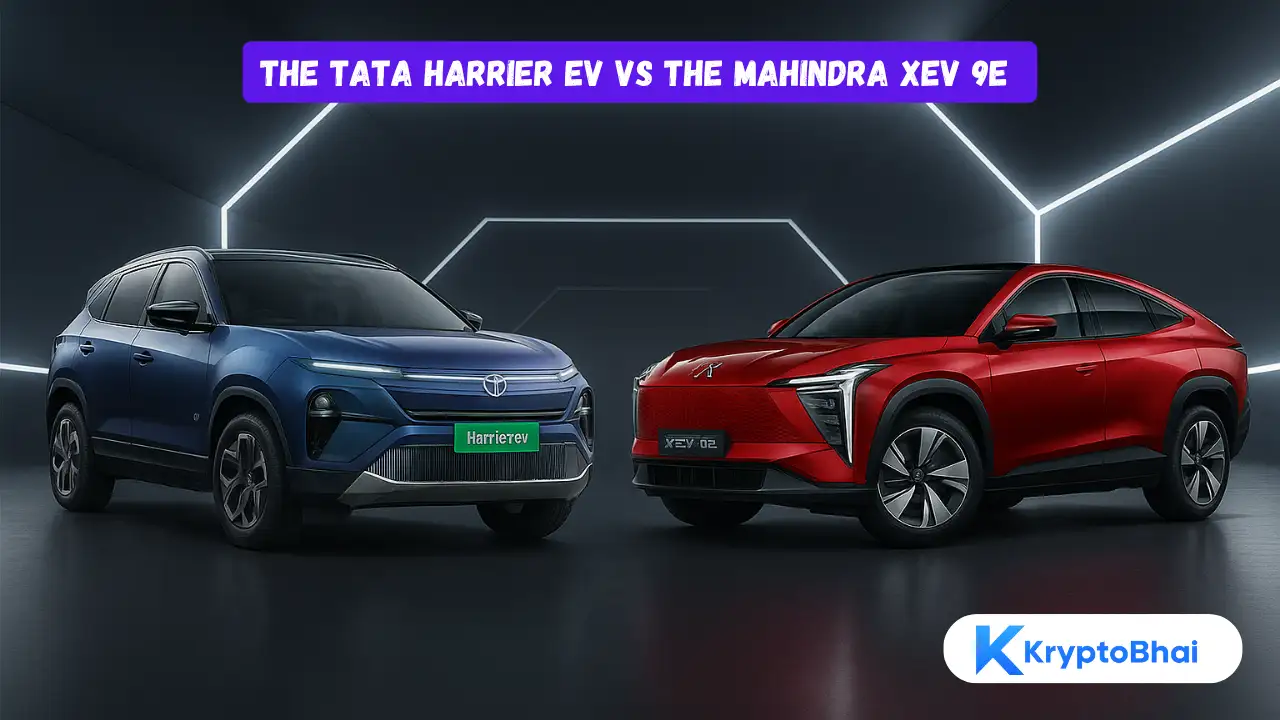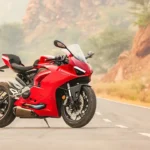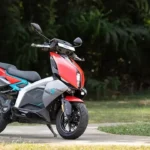Tata Harrier EV vs XEV 9e: Are you confused between the Tata Harrier EV and the Mahindra XEV 9e? Wondering which electric SUV offers better features, performance, and value for money?
Don’t worry — you’re in the right place! In this blog, we’ll compare both these powerful EVs side by side, covering everything from specs and features to size and design.
By the end of this post, you’ll have a clear idea of which one suits your lifestyle and budget better. Let’s begin this head-to-head electric battle!
Design and Dimensions
When you first lay eyes on these SUVs, their designs tell a story. Let’s break down their dimensions and see how they stack up against each other.
| Feature | Tata Harrier EV | Mahindra XEV 9e |
|---|---|---|
| Length | 4,607 mm | 4,789 mm |
| Width | 1,922 mm | 1,907 mm |
| Height | 1,740 mm | 1,694 mm |
| Wheelbase | 2,741 mm | 2,775 mm |
| Boot Space | 502 liters | 663 liters |
| Frunk Space | 35 liters | 150 liters |
As you can see, the Mahindra XEV 9e is longer and offers more boot space, which might appeal to those needing extra room for luggage or gear. However, the Harrier EV’s width and height give it a robust presence on the road.
Powertrain and Performance
Let’s dive into what powers these beasts. The performance metrics can make or break the driving experience, so here’s how they compare:
- Tata Harrier EV:
- Battery Options: 65 kWh and 75 kWh
- Power Output: 396 PS (combined)
- Torque: 504 Nm
- Acceleration (0-100 km/h): 6.3 seconds
- Range: 622 km (MIDC certified)
- Charging: 120 kW DC fast charging (20-80% in 25 minutes)
- Mahindra XEV 9e:
- Battery Options: 59 kWh and 79 kWh
- Power Output: 170 kW (59 kWh) and 210 kW (79 kWh)
- Torque: 380 Nm
- Acceleration (0-100 km/h): 6.8 seconds
- Range: 542 km (59 kWh) and 656 km (79 kWh)
- Charging: 180 kW DC fast charging (20-80% in 20 minutes)
The Harrier EV has a slight edge in acceleration and range, while the XEV 9e shines with faster charging capabilities. If you’re someone who loves quick getaways, the Harrier might be the way to go!
Features and Technology
Now, let’s talk about the features that make these SUVs stand out. Each model comes packed with technology aimed at enhancing comfort and safety.
- Tata Harrier EV:
- 14.5-inch QLED touchscreen infotainment system
- 6 terrain modes for different driving conditions
- 540-degree surround view camera with Transparent Mode
- Digital IRVM with DVR
- 7 airbags and Level 2 ADAS suite
- Mahindra XEV 9e:
- Triple 12.3-inch screens for a panoramic digital display
- Panoramic sunroof with ambient lighting
- 16-speaker Harman Kardon sound system
- Augmented reality head-up display
- 5-star safety rating and Level 2+ ADAS suite
Both models offer cutting-edge tech, but the XEV 9e’s multimedia capabilities and enhanced safety features make it a frontrunner for tech enthusiasts.
Pricing
Pricing is always a crucial factor when choosing a vehicle. Here’s a quick overview of what you can expect:
- Tata Harrier EV: Starting at ₹22.70 lakh (on-road, Mumbai)
- Mahindra XEV 9e: Ranges from ₹23.17 lakh to ₹33.28 lakh (on-road, Mumbai)
If you’re looking for a more budget-friendly option, the Harrier EV is worth considering.
Final Thoughts
In conclusion, both the Tata Harrier EV and the Mahindra XEV 9e bring something unique to the table. The Harrier EV excels in off-road capabilities and range, while the XEV 9e impresses with its advanced technology and spacious interior. Ultimately, your choice will depend on what features matter most to you—performance, technology, or space. I hope this comparison helps you make an informed decision. Happy driving!






